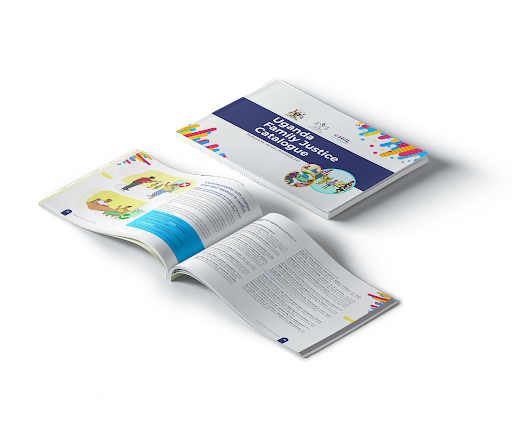Home Treatment Guidelines Guideline Method
Guideline Method
Justice problems are as common as diseases. Family problems, threats of violence between neighbours, non-payment of wages or land grabbing, they require high-quality treatments. Evidence-based guidelines can help justice workers decide how to best assist people when they cope with conflict or crime.
This page explains in 11 steps how evidence-based ways of working can be developed in a local (country) setting, whilst benefiting from international best practices and research about what works. We explain the process and methodology for guideline development, which is inspired by the methods for developing guidelines in the health sector and for corrections.
Photo by Tara Winstead from Pexels













